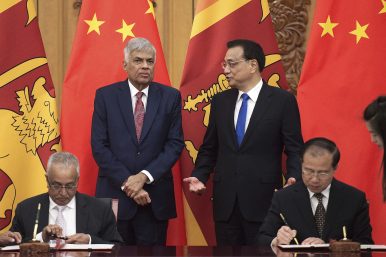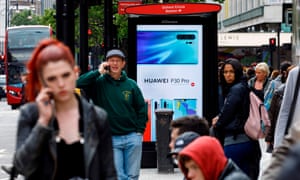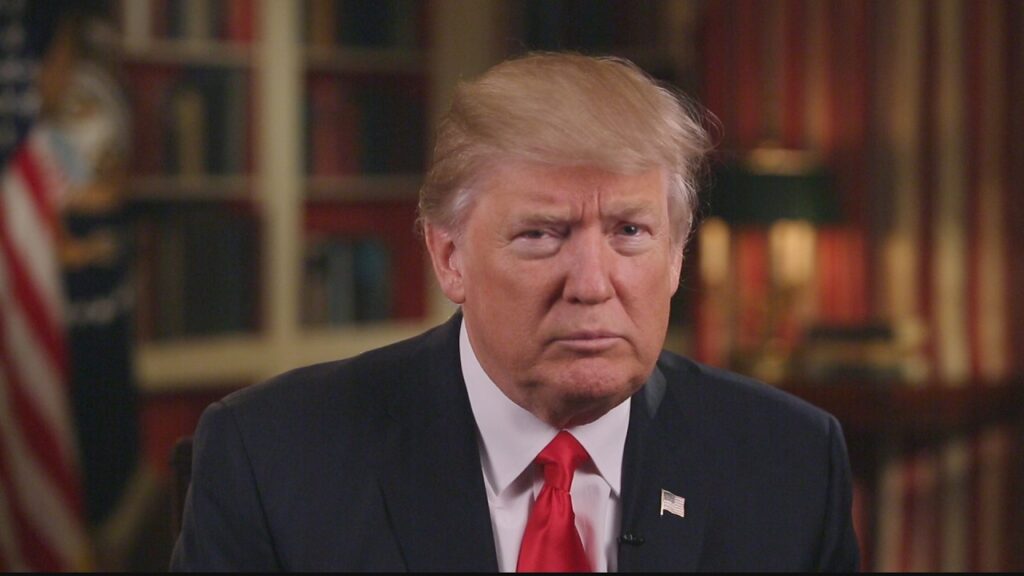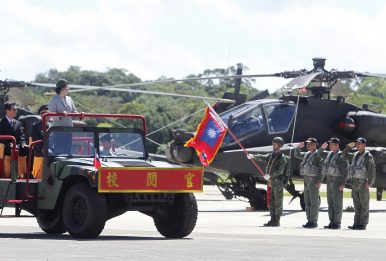By Umesh Moramudali
 Sri Lanka is often portrayed as a country that fell into a debt trap as a result of public investment projects financed by China. One such investment project was Hambantota port, which was leased to China Merchant Port Holdings Limited (CM Port) for 99 years for $1.12 billion in 2017. This project is largely the reason as why Sri Lanka is widely cited as a clear example of getting trapped in Chinese debt and being forced to hand over assets with national and strategic importance to China. The general belief seems to be that Sri Lanka was unable to pay off the loans obtained from China to construct Hambantota port in the first place, and therefore had no choice but hand over the port to Chinese control to pay off the debt.
Sri Lanka is often portrayed as a country that fell into a debt trap as a result of public investment projects financed by China. One such investment project was Hambantota port, which was leased to China Merchant Port Holdings Limited (CM Port) for 99 years for $1.12 billion in 2017. This project is largely the reason as why Sri Lanka is widely cited as a clear example of getting trapped in Chinese debt and being forced to hand over assets with national and strategic importance to China. The general belief seems to be that Sri Lanka was unable to pay off the loans obtained from China to construct Hambantota port in the first place, and therefore had no choice but hand over the port to Chinese control to pay off the debt.
However, the real picture of Sri Lanka’s debt crisis, which is not often explained, is very different and far more destructive. Debt owed to China is in fact the tip of the iceberg, and that should make the debt crisis all the more alarming. The famous Hambantota port deal is not merely an issue of Chinese debt — Sri Lanka has much larger economic issues that go well beyond the debt owed to China.




/arc-anglerfish-arc2-prod-mco.s3.amazonaws.com/public/GGB4XO3RVNDODMXIXOQ4YVEQ3M.jpg)











